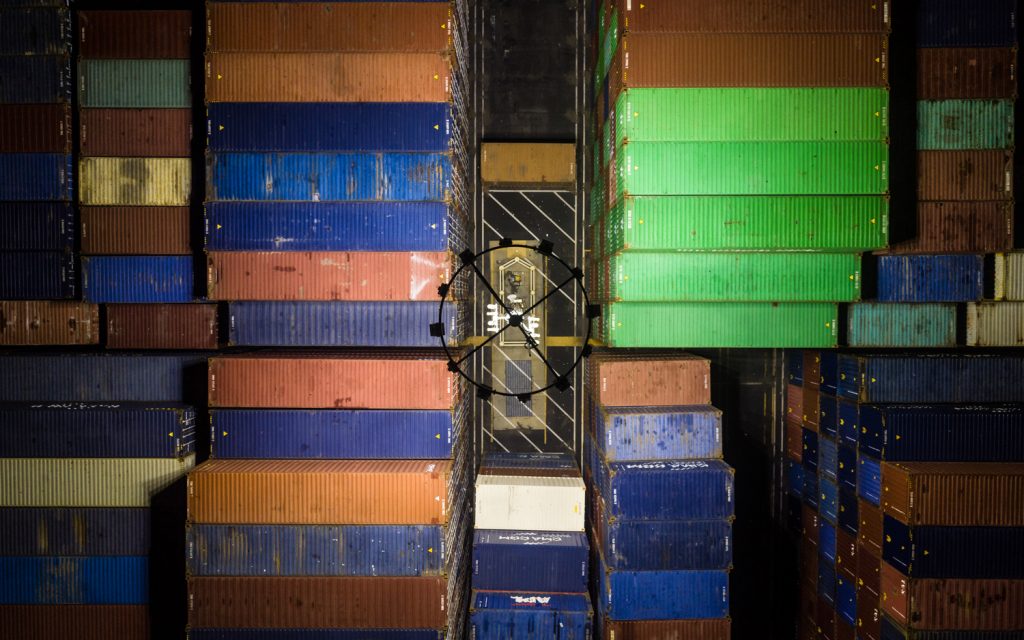Have you ever tried to load a ship in the dark?
That is one of the first questions we pose to port and terminal owners and operators asking how important investing in lighting is. A fundamental yet often overlooked asset, lighting underpins the safety, security and continuation of operations. Taking this into consideration, and despite it being a significant annual expense, economically and environmentally adverse lighting solutions, such as high-pressure sodium, and metal halide, remain the predominant solutions in ports and terminals across the world.
The reason for this often being a lack of awareness by owners and operators of the significant and easily accessible efficiency gains that upgrading lighting solutions can incur.

However, the argument for investing in energy-saving lighting solutions is two-fold. Firstly, with lighting accounting for nearly 5% of global CO2 emissions, with a proportion of these existing within logistics operations, lighting must be factored into port and terminal decarbonisation strategies. While there is currently no set regulation for the energy efficiency of lighting, European environmental initiatives such as EcoPort, which comprises of 102 different members from 25 nations, highlight energy efficiency in the top three environmental concerns for ports in its 2019 and 2020 report.
Upgrading outdated lighting solutions to LED lighting can result in over a 70% reduction in energy consumption. Owners and operators can therefore massively increase the energy efficiency of their maritime hubs, and as a result generate fewer CO2 emissions, by re-evaluating one of their most important assets. Likewise, LED light bulbs last up to 20 times longer than standard forms of lighting, in turn, reducing waste.
A prime example of a port successfully including lighting in its decarbonisation strategy is the Port of Tyne. With an investment in LED lighting, alongside a suite of other proven energy-saving solutions targeted in it its clean energy plan. The investment in a range of energy saving technologies saw the port win two clean energy awards at the Maritime UK 2020 Awards. The port also cut its carbon emissions by 700 tonnes in 12 months, with LED lighting highlighted as fundamental in achieving this.
Secondly, significantly increasing energy efficiency significantly reduces cost. While the initial cost of traditional lighting solutions can be higher, and an initial deterrent for some owners and operators looking to invest, LED lighting is undoubtedly the most cost-effective solution. Its durability, and the energy efficiency savings it realises, meaning that the technology pays for itself over a very short period of time.
Not only this, but as an enabler technology, LED lighting can pave the way for performance gains in other areas of port operations, such as safety, security, and operational performance. For example, LED lighting delivers greater visibility when compared to other lighting solutions, increasing light levels by up to and above 50%. This in turn can increase the performance of CCTV systems and safety of vessel loading equipment – capitalising on existing assets.
The answer as to why port and terminal owners must invest in energy-saving lighting solutions boils down to reducing OPEX, supercharging operations, and increasing energy efficiency. As the maritime industry, and wider society, seeks to reduce GHG emissions in line with the energy transition, every element within the supply chain must be scrutinized. And lighting is an incredibly fundamental element.
